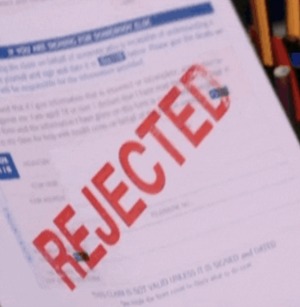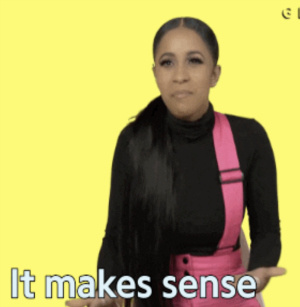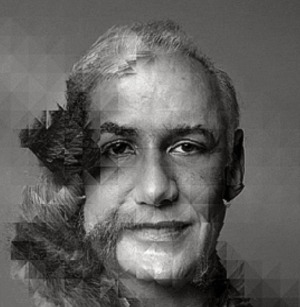Proofreading Tip! How to edit backwards!
You have finished your paper, made all the changes that you needed to do and polished your arguments. Now you need to look at it one last time, focussing on grammar, syntax and typos.
How do you do this?
Like most academics, you probably read the paper grudgingly one last time, from start to finish, trying to spot errors and make final corrections. Chances are like most of us you find this to be the most boring task in the whole process.
Proofreading comes last, at the end of a very long and winding road. By then we are exhausted. We want a break. Getting a root canal or organizing your sock drawer starts looking like a better alternative than looking at that same sentence one more time.
Impatience takes hold at the end. You might think that if something is wrong, the reviewers will catch it, right?
This would be a huge mistake. There is nothing more appealing to a reviewer than a well-written paper – a paper without typos, a paper with impeccable language. It is vital that you do one last proof-read!
Looking at your manuscript with fresh eyes
How can you muster up the force and attention to give your manuscript one last look? How can you see the same piece of work with fresh eyes and spot any errors that have escaped you?
A long time ago, a friend gave me an excellent suggestion that I always follow. Start reading the paper backwards! Start from the last sentence of your conclusion. Read each sentence carefully. Is everything in order? Grammar, syntax, spelling? Are there any typos not captured by the spell check function?
Continue this way, reading reversely, to the beginning of your text, until you reach the first sentence of your abstract. Always read one sentence at the time. (If you are a nerdy perfectionist, which I confess that I can sometimes be, then also read your bibliography backwards. Check one reference at the time. Make sure that you conform to the style requirements of the journal.)
What do you do when you are done?
Once you are finished, read the paper quickly one last time, this time forward instead of backwards. Now focus on meaning, not grammar. It could be that your backwards editing changed the meaning of a point you wanted to make, or confused connections between sentences or paragraphs.
Why read backwards?
By reading backwards you are not carried away by the flow of the text. You are not distracted by your arguments, glossing over language details. You focus on the grammar of the sentence, not its content.
This technique lets you see sentences with new eyes, as if someone else wrote them. You will be surprised by how many errors you will spot that had escaped your attention.
Focussing on each sentence separately helps you concentrate your efforts in a way that is difficult to master if you are reading the text in one go. You need this self-discipline, especially at the final stage, when you are tired, and ready to let the details slip.
As most advice, editing backwards is easier said than done. It is a time-consuming process. I estimate that it takes at least 4-5 hours to edit a paper that is 8,000 words long. It requires lots of attention. It’s not fun.
But it pays off!
Do you know someone that could benefit from reading this blog post? If so, press the share buttons below and send the article their way.
Did you try editing a text backwards? Did it work? What problems did you encounter? Share your thoughts with us in the comments section.















